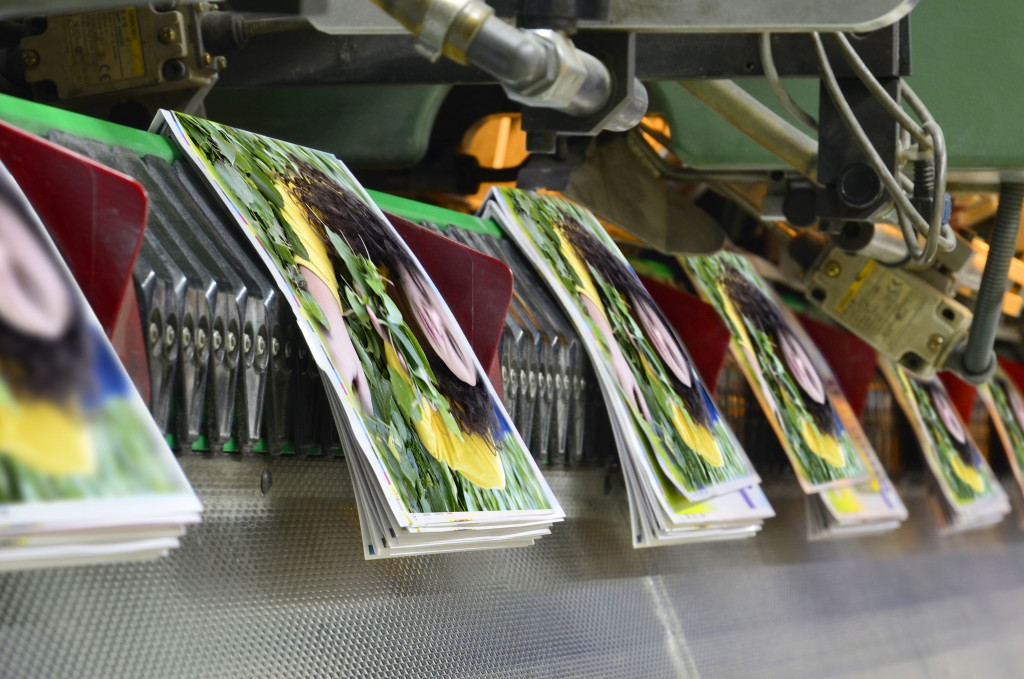We now live in a digital age, where almost everything is done via the internet. In business, for that matter, entrepreneurs use digital platforms to promote their brands as well as their products or services. They even engage with customers via digital channels and perform business transactions online.
As such, digital marketing is paramount in the digital era. But it has never been this important during the pandemic. Why? Both businesses and consumers have gone digital amid the crisis. And that leads us to the question: How does print marketing fare in the digital age?
It looks like print marketing is already outdated and even obsolete for some. But surprisingly, some studies have shown the benefits of print marketing in some businesses. Let’s take a look at how print marketing stands in the digital age.
Print Marketing in a Nutshell
Print marketing is exactly what it is—marketing a business using print materials or printed media. A few promotional materials for print marketing are business cards, flyers, brochures, direct mail postcards, banners, and newsletters.
Before the digital era, print marketing had dominated the marketing scene. Small businesses and big companies heavily relied on this for marketing and promotion. Because of the emergence of digital marketing, it has gradually taken a backseat. However, it doesn’t mean that it has become obsolete in the digital era. Print marketing remains relevant and continues to play a key role in business.
Types of Print Marketing
As print marketing continues to exist, it’s still crucial for marketers to get acquainted with different types of print marketing. Let’s take a look at some of these:
- Brochures and catalogs: They are regarded as the queen of marketing materials. Not only do they display products with appealing images, but they also include vital descriptions. There’s a different experience with holding, viewing, and reading these promotional materials.
- Flyers and leaflets: They are proven effective in conveying concise yet relevant messages to the target audience. Not only do they provide information about the business and its products, but they also include calls-to-action (CTAs). That way, potential customers know what to do next and how to proceed.
- Cards and inserts: These small print materials have simple messaging. But they can have a direct impact on the target consumers. They provide concise yet relevant information that prompts potential customers to take action.
- Posters and banners: They are basically displayed for the world to see. But while posters are typically attached to walls, banners are hung from a high place. Both marketing materials consist of messages that communicate and resonate with their target audience.
- Other tangible materials: Other print materials are used to promote a business and its products or services. For one, business cards are handed up to clients for future business transactions. Also, some companies use custom metal prints to send personalized items to loyal customers. Others attach stickers or labels to souvenir items and hand up these items to regular consumers.

The Benefits of Print Marketing
Amid the digital era, print marketing comes with a handful of benefits. That’s why companies and organizations continue to produce promotional materials for marketing. Take note of the following benefits:
- Engagement of senses: There’s a line drawn between seeing or hearing content and actually touching the materials themselves. While digital content pieces are appealing, print materials trigger the customers’ other senses, particularly the sense of touch. As such, it makes print marketing more personalized than digital marketing.
- Wide and diverse reach: One may argue that digital marketing has a global reach, as the internet knows no boundaries. However, print marketing continues to reach out to the older generation, those with disabilities, and those who have no access to the internet. It specifically caters to the locals who are most likely to patronize your business.
- Trust and credibility: Print materials look more credible, which are highly trusted. Consumers believe in information in printed forms as they serve as tangible proof. One study revealed that 82 percent of Americans trust printed ads more than any other type.
- Long-term investment: Digital marketing strategies like SEO, PPC, content marketing, and social media management are ever-evolving. They keep on changing based on constant technological updates and changing consumer demands. However, print marketing remains as is. Print materials will continue to serve their purpose, as far as promotion is concerned. Hence, it’s safe to say that print marketing can be a long-term investment.
There’s still no sign of stopping for print marketing in business. Small-scale, medium-sized, and big companies will implement print marketing by handing up flyers, displaying banners, or sending direct mail postcards. Why not? Print marketing offers some practical benefits, as discussed above. Even amidst the pandemic, marketing materials will continue to take space and reach out to the target market.

